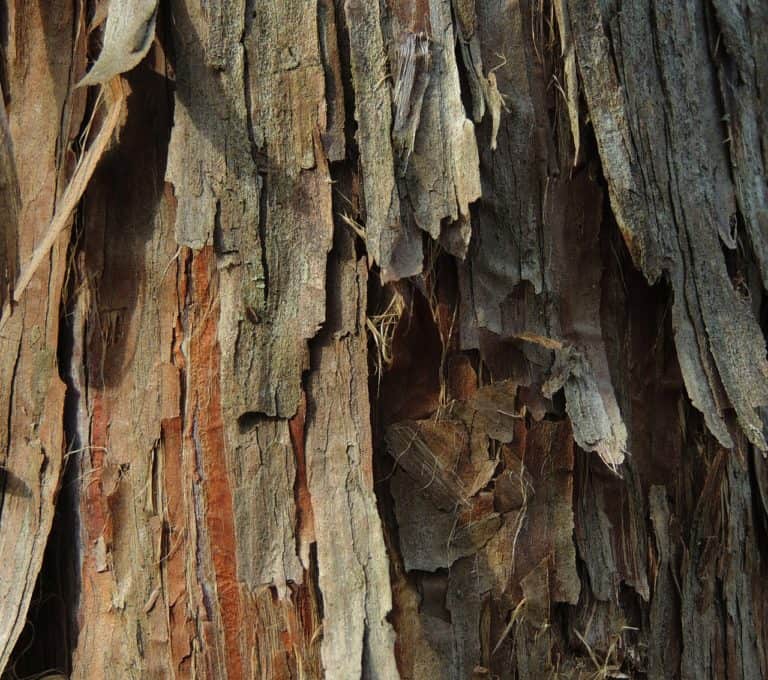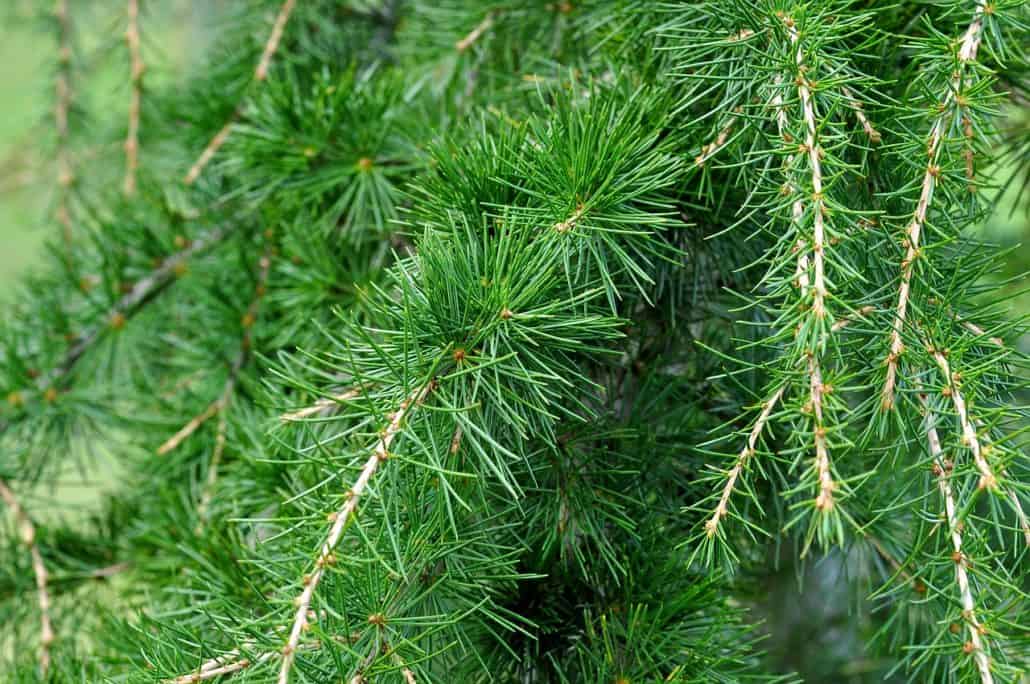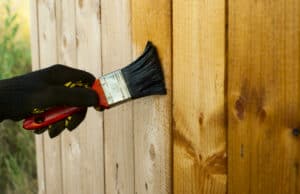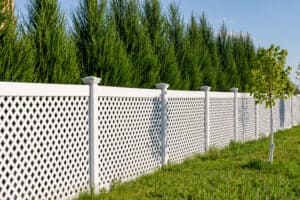If you’ve perused other blogs on the Liberty Fence & Deck Co. site, you’ve likely observed that here at Liberty we offer a wide range of options for building your new fence. These options vary from PVC (vinyl fencing), chain link, aluminum, or wood fencing.
Which fencing material appeals to you the most?
If you happened to answer ‘wood fencing’, you’re definitely not alone. It’s one of the most popular fencing materials due to its perfect balance of good looks and practicality.
For example, wood fencing can bring more ‘nature’ to a yard located in an area that seems to be lacking in natural elements, such as in housing developments or crowded neighborhoods without breaking the budget.
Wood fencing always looks appealing and warm. Along with being affordable, it’s also an eco-friendly and sustainable choice that is traditional and naturally beautiful.
Can I Use Any Wood for My Fence?
Something interesting to note about wood fencing, however, is that when aiming for a quality built fence, not just any wood will do. Why is that?
Each wood species differs in quality and is used accordingly depending on the needs of a project. The characteristics of each wood species define its functionality.

For example, Douglas fir may be used frequently for making building materials, such as 2×4’s for framing a house. This is appropriate because it is relatively light, but known for its structural strength.
Which kind of wood is best for fences, and why?
In a word, the answer is unarguably ‘cedar’.
Notable Characteristics of Cedar Fencing
What is it about the properties of cedar wood that make it the very best choice for fence building?
Cedar comes in a large range of sub-specie, including some 14 different kinds of trees from around the world, some of which are endangered.
As a result, not all sub-species of cedar are appropriate for building fences. Take for instance the California incense cedar. The pencil your child takes his/her school exams with is more than likely made from this species of cedar.
Most cedars, like Western Red Cedar and Spanish Cedar (Cigar-box cedar) are aromatic and repel insects, and some are preferred for making musical instruments, furniture, or even arrow shafts.
Regarding Western Red Cedar the Woodland Trust explains, “The tree is planted for timber and shelter. The wood is highly sought after, being one of the most durable in the world. It has an aromatic fragrance which can be retained for long periods of time and it also contains a natural preservative that prevents decaying fungi. The durable wood is soft and favoured in construction.”
Truly a remarkable tree!

Depending on the size of trees, availability, and slight differing qualities, certain kinds of cedar may be more appropriate for indoor construction, such as the Japanese cedar.
One species of Cedar that has a rich history is known as the Cedars of Lebanon, which were been used for both very high-quality and large-scale building projects as well as shipbuilding. These were majestic trees of massive proportions (reaching heights of up to 120 ft. with the trunk reaching a circumference of up to 40 feet!). The warm red tone of the wood, fragrance, durability, resistance from insect attack and lack of knots (qualities seen in many cedar trees) made it a superior building material choice.
Unfortunately, because of indiscriminate use and excessive exploitation for thousands of years, though still an impressive sight, only a few small groves of Lebanese cedar remain.
Why Cedar is the Best Wood for Fencing
One common thread we see in all these cedar species and one of extreme importance when it comes to building fences is its resistance to decay and warp. Cedar keeps its integrity even when exposed to a variety of temperatures and moisture levels.
This quality is especially important in the Fargo and Moorhead community and entire Upper Midwest region, known for its predictably poor weather.
The durability of cedar wood has aided construction workers in using cedar blocks repetitively for jobs where moisture content is high (concrete pours, for example) with limited waste.
Some popular types of cedar used in building fences include Northern white cedar, Eastern red cedar, Atlantic white cedar, and Western red cedar, which can easily live for over 1000 years!
Cedar Fencing - The Best Wood Fence Material
The impressively resilient characteristics of cedar wood make it the perfect fence building material. A cedar fence can last for well over a decade, and even long when well-maintained (annual re-staining is recommended). A well-built cedar fence will stand the test of time, resisting rotting and warping.
Build a Cedar Fence!
Though there are many of these species of cedar wood, the important point is that cedar is the ultimate species of wood for fence building. You can be confident that your cedar fence will surround your home with long-lasting beauty.
If you have been tossing around the idea of a fence build at your home, a cedar fence is an option that you won’t regret. Enlist the help of Liberty Fence Co. to ensure your fence is not only built with the best materials but also top-notch craftsmanship. As one of Minnesota and North Dakota’s top fencing contractors, you can count on us to get the job done right.
Contact the professionals at Liberty Fence today, and we will be more than happy to help you take the first step in bordering your home in whatever style of fence that best fits your taste!





